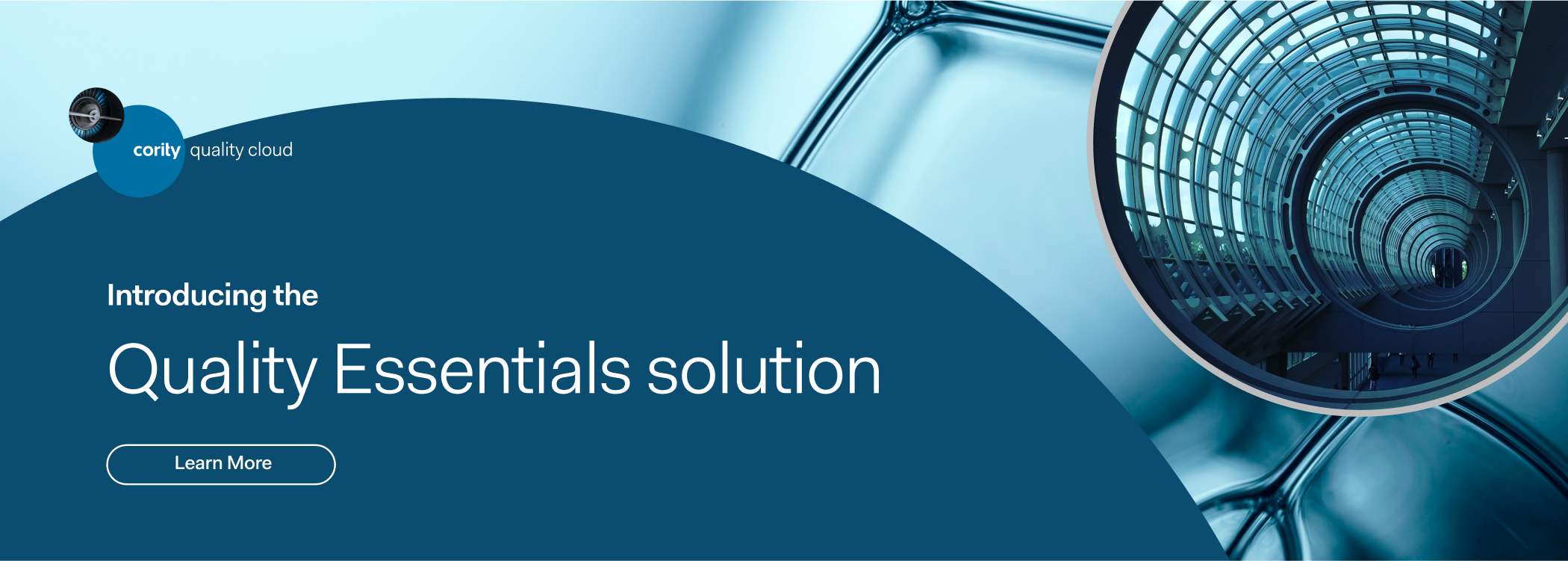In today’s rapidly changing and competitive business landscape, organizations face complex challenges when it comes to quality and safety management. They must deliver high-quality products and services while prioritizing the safety of their employees and customers. As a result, managing quality and safety within their operations has become a top priority. In this blog, we will review:
- The relationship between quality and safety within an organization
- Specific examples of where quality and safety overlap
How are safety and quality connected?
Quality management and safety management solutions have emerged as essential tools to help organizations achieve critical objectives. Quality management systems optimize processes, improve product or service quality, and increase customer satisfaction. Meanwhile, safety management solutions protect employee well-being, mitigate risks, and ensure compliance with safety regulations and standards.
The intersection of quality and safety in an organization’s daily operations is of utmost importance. These two aspects are inherently connected, as deficiencies in quality can often result in safety hazards, and vice versa. The symbiotic relationship between quality and safety becomes particularly apparent when considering that deviations from quality standards can not only lead to dissatisfied customers but also pose safety risks. Conversely, lapses in safety protocols can result in accidents, injuries, or damage that inevitably affect the quality of products or services provided.
What is the cost of poor quality management? Read our interview with Cority’s Director of Product Management, David Hartmann, to find out.
Exploring the Overlap between Safety and Quality
As we delve deeper into the complex relationship between safety and quality in an organization, it becomes clear that these two aspects share more than just a common place in the operational landscape. There is a profound overlap between them, which affects not only the results but also the resources and processes involved. A few examples are:
Personnel Overlap
One of the most fundamental areas of overlap lies in the people themselves. The same individuals are entrusted with the responsibility of maintaining both safety and quality. These are the workers who operate machinery, handle equipment and provide services. Any deviation from quality standards, whether unintentional or due to unforeseen circumstances, can lead to safety risks, thereby endangering the health of employees. Therefore, when addressing Corrective and Preventive Actions (CAPAs), it’s often the same personnel who need to ensure not only that quality standards are restored but that safety protocols are reinforced.
Plant and Equipment
The intersection of safety and quality also occurs in the common areas of plant and equipment. Any modifications or changes to equipment, machinery, or processes can have a profound impact on safety and quality. For example, if a device is modified without proper documentation and review, it could compromise safety by increasing the risk of accidents or injuries. At the same time, it can disrupt quality by affecting the consistency of product or service delivery. This overlap highlights the need for a comprehensive approach in which changes are evaluated based on their potential consequences for safety and quality.
Management of Change (MoC)
When considering the overlap between safety and quality, the management of change (MoC) process emerges as an important bridge. MoC is the gateway to managing equipment or process changes. Any change in the organization can affect both safety and quality. Therefore, a robust MoC process ensures that changes are carefully evaluated for potential safety and quality impacts. This requires a proactive and systematic approach to assessing, recording, and communicating changes. Furthermore, ensuring that safety and quality are maintained, or even improved, rather than impaired.
Final Thoughts
In a rapidly evolving business landscape, where complexity and competition are plentiful, the fusion of high-quality product and service delivery with unyielding safety standards stands as a paramount concern. Quality and safety management solutions have emerged as indispensable assets, interlinked by a profound and intrinsic relationship. In our next blog, we’ll explore the top things to consider when evaluating quality and safety management solutions, as well as the benefits of a single-provider solution. Read it here: Unifying Quality and Safety Management with a Single Solution Provider.



